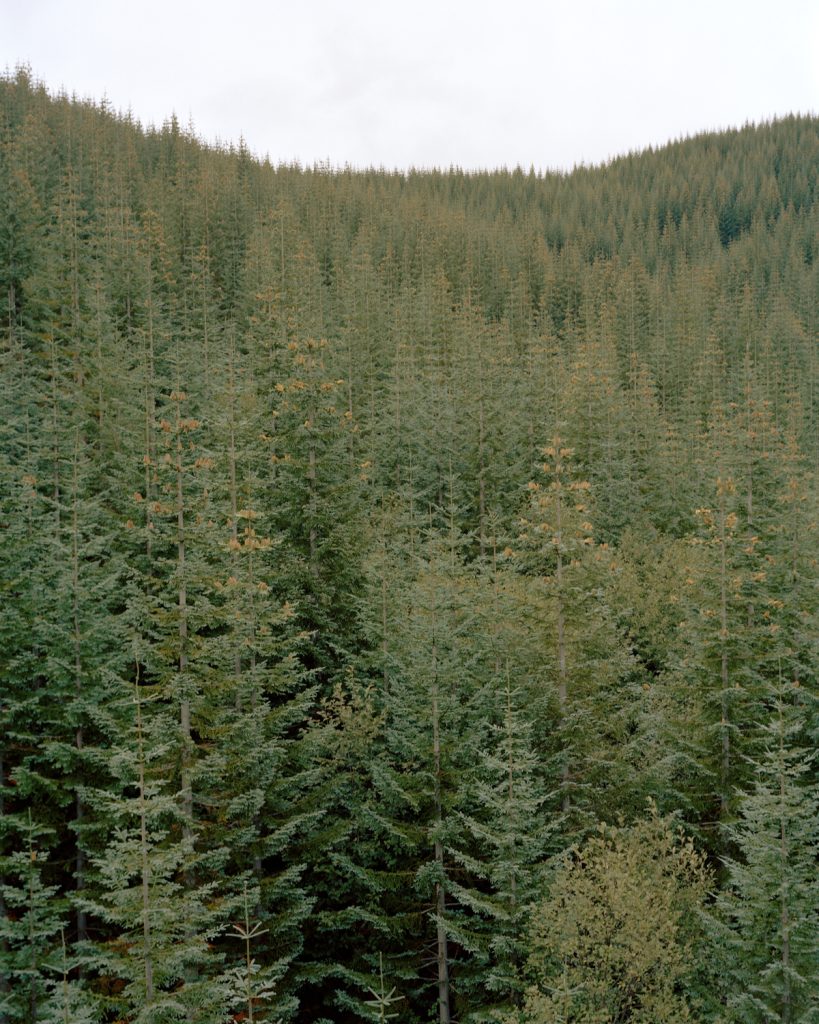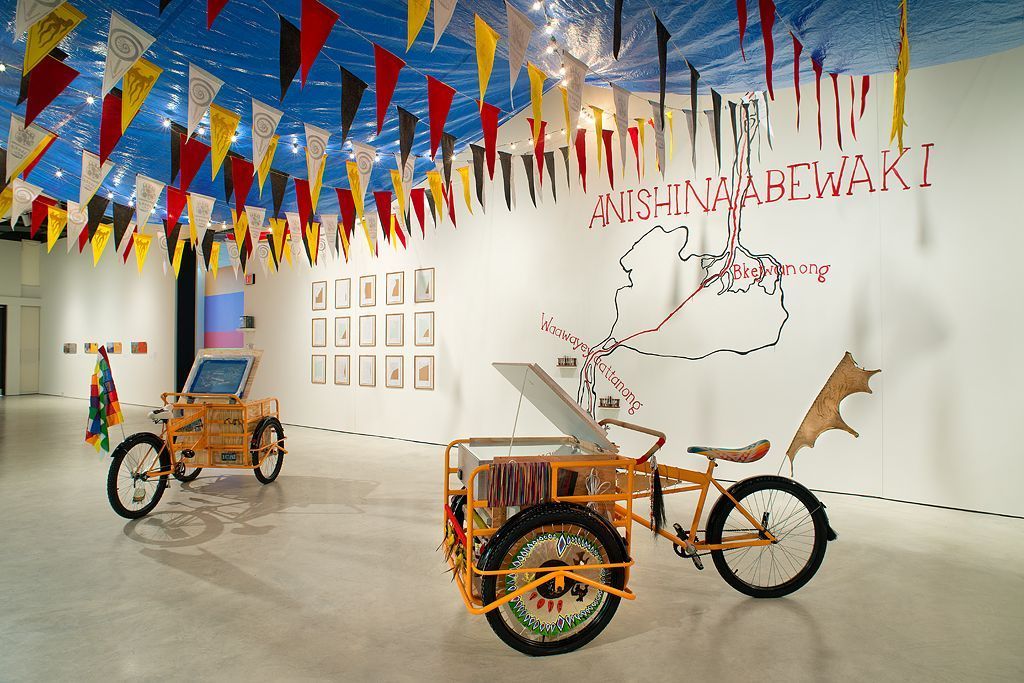Congratulations: 2014 Supported Residents
We are excited to announce the awarded residencies for next summer. The following participants will receive funding to travel to the island starting June 2014 and their work will be featured in an exhibition and publication at the DeVos Art Museum in August-September 2014. The Rabbit Island Residency program will collaborate with the selected residents over the next 9 months to help refine their proposals, plan outcomes, and prepare them for living and working on the island.

+ Nich Hance McElroy, Vancouver-based photographer who’s work investigates the often incompatible notions of putting down roots (history, settlement, place-making and stewardship) and making a route (migration, entrepreneurship, way-making, and roaming). Proposal excerpt:
While Rabbit Island is a model case of responsible development, land stewardship and progressive thinking, it is also emblematic of the highly networked, globally aware and resource dependent realities of the twenty-first century. It is simultaneously a finite 91-acre island in Lake Superior and the convergence zone for countless modes of commute and communication, whether physical or digital, affective or literal.
What does a migratory population bring to a small and isolated ecosystem? How does the culture of temporary inhabitation brush against deep ecological commitments? To investigate these questions I hope to document the comings and goings of the island, in their human, material, and biotic guises.

+ Elvia Wilk, Berlin-based writer who’s critical and creative writing practices converge at the intersection of art, architecture, and networked technology, exploring the relationships between physical and virtual space. Elvia plans to produce two separate text-based works, a series of poems and an investigative essay. Proposal excerpt:
[I will] focus on questions I have begun investigating thus far in my work, beginning with the politics of isolation within today’s networked society. How has my relationship and understanding of nature been affected through the evolution of the technologies I use? Where is the dividing line between the “natural” environment and the created, virtual one?
Perhaps isolation is impossible today, but how would being surrounded by water on all sides for a chunk of time alter my mentality, my constant need for back-and-forth interaction through a server? Fittingly, water serves as both content and metaphor in much of my writing. I’m interested in juxtaposing its fluidity with the dichotomous, mathematical structure of our networked existences, and the often-rigid physical architecture characteristic of urban space. Does information “flow” through these systems like water? Are concepts so liquid as they appear?

+ Waboozaki group proposal (Dr. Dylan Miner, Dr. Julie Nagam, Dr. Nicholas Brown, and Suzanne Morrissette). A collaborative group who’s research investigates the Indigenous histories of the Great Lakes region, presents cultural remapping studies, and explores experimental – as well as experiential – geography. Proposal excerpt:
By extending the ecologically-based projects developed by [The Rabbit Island project] Waboozaki, these three Indigenous and one non-Native artists, will begin (or rather continue) thinking about the island and Lake Superior in relation to Indigenous notions of placemaking and mapping. … Collectively, the artists will explore notions of place, Indigenous history, the islands location in the US-Canada borderlands, its specific ecology and medicinal herbs, etc. While the artists will collectively address issues related to Native American mapping, they will also develop individual projects around similar themes.
